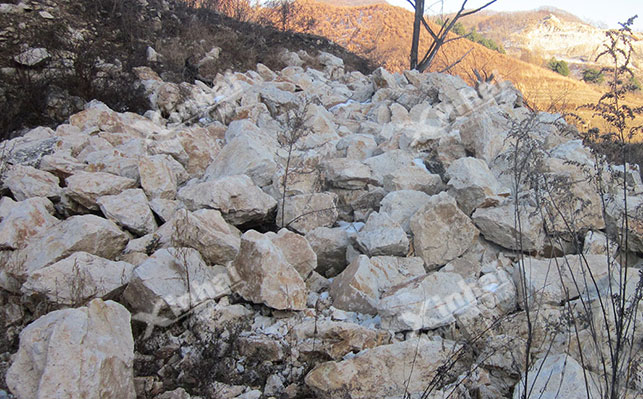The presence of iron and sulfur in potassium feldspar can have a significant impact on product quality, making their removal of utmost importance. Improving product quality will inevitably lead to higher product prices and increased revenue. So, what is the significance of iron and sulfur removal in potassium feldspar, and what is the process?

1. Enhancing Product Quality: Potassium feldspar is an important ore widely used in industries such as ceramics, glassmaking, and enamel. The presence of iron and sulfur impurities can have adverse effects on the final product's quality. Through iron and sulfur removal processes, impurities can be effectively eliminated, increasing the purity and quality of potassium feldspar and resulting in high-quality end products.
2. Protecting Equipment: Iron and sulfur impurities in the ore can cause corrosion and wear on processing equipment. Iron can lead to surface corrosion of equipment, while sulfur reacts with oxygen and water to produce acidic substances, accelerating equipment corrosion and damage. Iron and sulfur removal can reduce equipment corrosion and wear, prolong equipment lifespan, and reduce maintenance costs.
3. Optimizing Production Processes: Iron and sulfur impurities in potassium feldspar can generate harmful gases and emissions during ore processing and sintering, causing environmental pollution. Iron and sulfur removal can reduce the emission of harmful gases such as sulfur oxides and sulfur dioxide, minimizing environmental impact and meeting environmental protection requirements.
4. Meeting Market Demand: Modern industries have increasingly high requirements for ore purity and quality. Iron and sulfur removal processes can provide high-quality potassium feldspar products, meeting market demand, and enhancing a company's competitiveness.
1. Rough Selection: The original ore undergoes rough selection to remove large impurities and non-potassium feldspar minerals. This can be achieved through physical separation methods such as magnetic separation and gravity separation.
2. Fine Selection: The potassium feldspar ore subjected to rough selection is further processed by fine selection. Flotation is commonly used to selectively separate potassium feldspar from other minerals based on their different characteristics.
3. Iron Removal: If there are iron impurities in the potassium feldspar ore during the fine selection process, iron removal treatment is necessary. One common method is magnetic separation, which separates strongly magnetic iron minerals from potassium feldspar based on their magnetic differences.
4. Sulfur Removal: Sulfur impurities in potassium feldspar usually exist in the form of sulfides, such as pyrite (FeS2). The removal of sulfur can be achieved using chemical methods such as leaching or oxidation. For example, oxidizing agents like oxygen or chlorine can be used to convert sulfides into soluble sulfates or sulfuric acid.
5. Concentrate Processing: After iron and sulfur removal, the obtained potassium feldspar concentrate can undergo further processes such as drying, grinding, and classification to obtain the desired fineness and grade.
The above processing steps will yield high-quality potassium feldspar products. However, it's essential to note that each potassium feldspar ore may have varying compositions, so the specific process flow may vary. For accurate process design, consulting professional mineral processing design companies is recommended. Xin Hai can provide customers with a series of services, including mineral processing tests, process design, manufacturing and installation of mineral processing equipment, plant construction, and technical training for staff. If you have any requirements, please feel free to contact us.